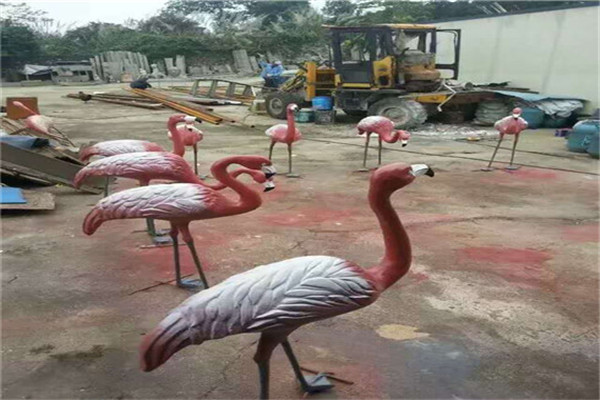The original main application scope of the flexible shaft machine is large-scale jade carving works that cannot be carried by the desktop computer. It is usually used with handheld devices such as the electric mill to complete the detailed work that cannot be carried out by the electric mill. Since the fixed grinding head of the desktop computer is not as flexible as the handle in handling some types of devices, many people will also choose to apply the flexible shaft machine to some smaller or more special types of devices. Due to the continuous improvement of fine requirements for jade articles, jade carvers in China are constantly looking for and trying more favorable equipment. The dental machine is the medical equipment borrowed from the dentist by the jade carver. Its flexibility is the best of all models at present, so it is mainly used for detail processing, but has little application value in heavy work.
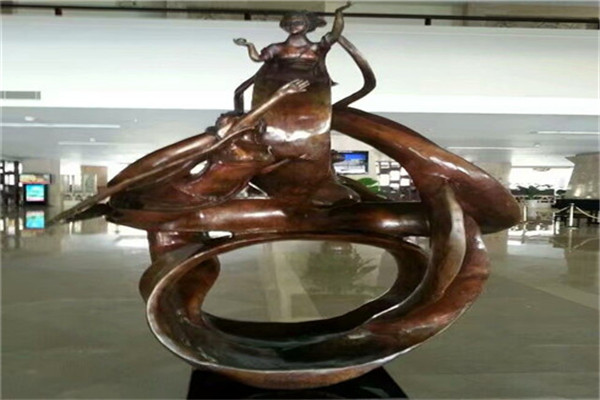
Button carving refers to the carving of the buttons on the upper part of the seal. It belongs to the category of round carving and has a rich three-dimensional sense. However, compared with round carving, it has three significant characteristics. First, the image is small, limited to the size of the seal, which is generally less than 10 cubic centimeters; The second is to show only the upper part of the object, rather than the round sculpture, which needs all-round performance; In addition, the performance content of button carving is mostly animals, especially animals in ancient legends, such as chi, lion, dragon, tiger, exorcism, taotie, etc. Therefore, button carving is also called "animal button". The history of button carving is linked with seals. Only seals can make buttons. According to relevant historical research, the earliest seal started in the Zhou Dynasty, more than 3000 years ago. The original seal is a symbol of power and status, and is a special item for princes, generals and ministers, and Dada dignitaries. The original seal button was also very simple and simple, just drilling a small hole on the top of the seal to wear strong ties for carrying, so the seal button is also called "seal nose". With the continuous development of history, a strict hierarchy has emerged in the materials and buttons of seals according to the different positions and official titles of users. For example, the official seal of the Qin Dynasty, in addition to using gold, silver, copper and other materials to distinguish the level of the official seal, also distinguishes the decoration of the button. In the Han Dynasty, the emperor used tiger buttons with jade seals, the crown prince, the lieutenants, the prime minister, the lieutenant, the sangong, and the left and right generals used gold seal tortoise buttons, and the officials of the two thousand stone Dai Lu used bronze seal elephant buttons Since then, the buttons used by all dynasties, from the monarch down to the officials of various products, were mostly chi, lion, dragon, phoenix, tiger, exorcism, taotie, unicorn, camel, bird, claw, bear, bat and other animals in the zodiac, depending on their positions.
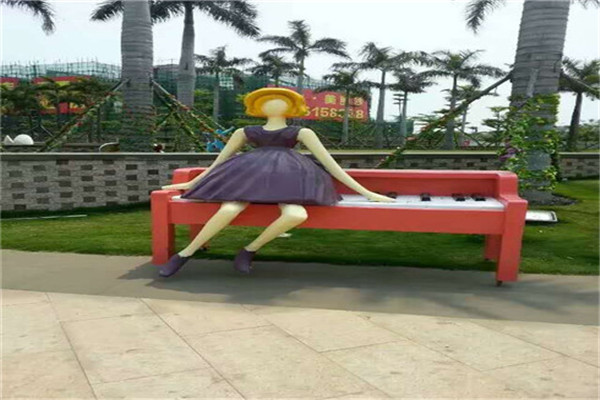
Circular sculpture, also known as three-dimensional sculpture, refers to non compressed three-dimensional sculpture that can be viewed from multiple directions and angles. Sculpture is the overall expression of art on the sculpture. The viewer can see all sides of the object from different angles. It requires the sculptor to carve from the front, back, left, right, top, middle and bottom. The techniques and forms of round sculpture are also varied, including realistic and decorative, concrete and abstract, indoor and outdoor, shelf and large city sculpture, colored and non colored, etc; The contents and themes of the sculptures are also rich and colorful, which can be characters, animals or even still life; The materials are more colorful, including stone, wood, metal, clay, gypsum, textiles, paper, plants, rubber, etc. It is mostly used in fountains, gardens and indoors. Because the round sculpture works are very three-dimensional, vivid, lifelike and vivid, the selection of stone materials is strict. First of all, we should design the shape of the sculpture, and pay special attention to the fact that the sculpture must have a proper proportion with the real object from length to width to thickness.
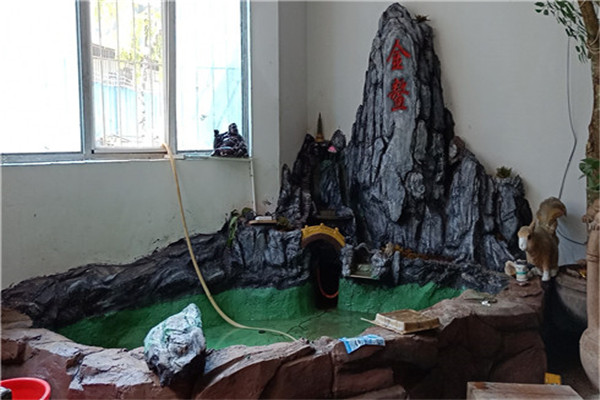
Most of the jades mentioned in daily life refer to nephrite, and there are many kinds of nephrite products. Generally, they refer to white sheepskin jade, white jade, topaz, purple jade, black jade, jasper, sapphire, ruby and northeast Xiuyu produced in Xinjiang. recommend GRC decorative materials In the jade carving, the white jade with sheepskin is fine in texture and strong in luster, as white as sheepskin, which can be called "the king of nephrite" and "the crown of white jade". In addition, Nanyang jade, Lantian jade, Hotan jade, agate, crystal, coral, turquoise, lapis lazuli, etc., all belong to the category of nephrite. Later, due to the opening of the Silk Road, the jade produced in Hotan, Xinjiang, was unanimously recognized and began to play a leading role in the processing of royal, official and folk jade. GRC decorative materials customized Nephrite gradually evolved into a synonym for hotan jade.
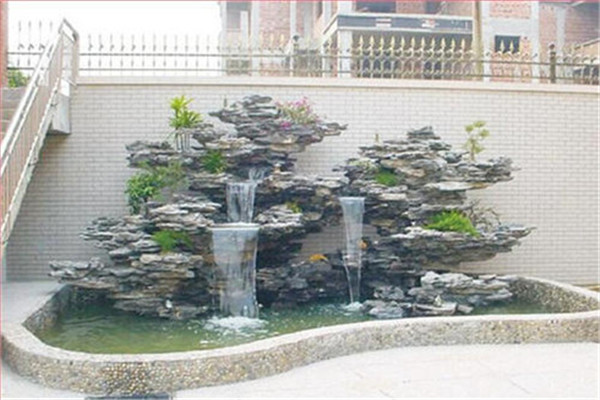
Shallow relief has a low rise, a large compression of shape, a strong sense of plane, and is closer to the form of painting to a greater extent. It does not rely mainly on physical space to create space effects, but uses more painting techniques or perspective, illusion and other processing methods to create more abstract compression space, which is conducive to strengthening the dependency of relief suitable for the carrier. The ancient Assyrians of Mesopotamia were probably the artists who were best at performing art by this means. In a series of "Assyrian Hunting Pictures", they used the technique of bas relief very well to express the lively artistic image with a sense of rhythm and rhythm, and to show the inner feelings of the characters and animals with complex dynamics. The selection of the compression degree of relief space usually takes into account the function, theme, environmental location, light and other factors of the performance object, of which the environment and light factors play a decisive role. Excellent sculptors can always handle these relationships well, so that the works can achieve good visual effects.
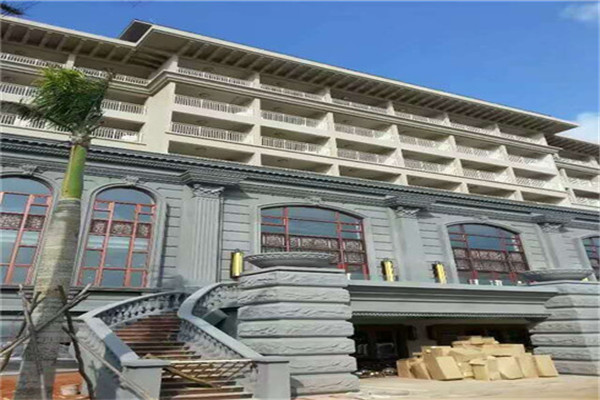
The art of carving various patterns and images on stones, usually also refers to sculpture handicrafts carved from stones. Chinese stone carving can be divided into bluestone carving, marble carving, white marble carving, talc carving, black crystal stone carving, colored stone carving, pebble carving, etc. Hui'an, Fujian, is famous for its bluestone carvings for architectural decoration and stone lions, among which the mouth of the stone lion contains stone beads that roll freely, and is famous in Southeast Asia. The marble carving in Yunnan is made from the marble of Diancang Mountain. Its patterns are like colored mountains and rivers, or dangerous peaks and valleys, or waterfalls follow the clouds. The inlaid furniture is unique. White marble carvings in Quyang, Hebei, Fangshan, Beijing and other places were mainly used for palace architectural decoration in the Ming and Qing dynasties, such as Huabiao, stone lions, railings, etc; Modern times are used for decoration of public and memorial buildings, such as the Great Hall of the People, the Monument to the People's Heroes, Chairman Mao's Memorial Hall, etc. Talc carvings in Haicheng, Liaoning Province and Laizhou, Shandong Province use small and cute animals as traditional varieties. The carvings of black crystal stone in Dongkou, Hunan and Lichuan, Hubei are dark and bright. Caishi carving is mainly produced in Qingtian, Zhejiang, Shoushan, Fuzhou, and Liuyang, Hunan. Pebble carvings are mainly produced in Lanzhou, Shenyang and other places. Stone carving techniques include intaglio (contour carving), shadow carving, relief, round carving (complete three-dimensional carving without any background), and openwork (also known as openwork). Shadow carving is a unique technique of Fujian Hui'an bluestone carving. It uses steel drills of different sizes to chisel on the bluestone, and uses the size, depth and density of the drill points to express the images of landscapes, birds, animals, people, flowers, etc.
